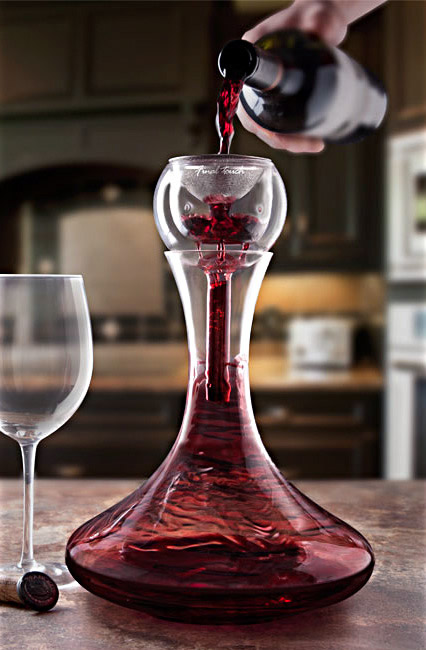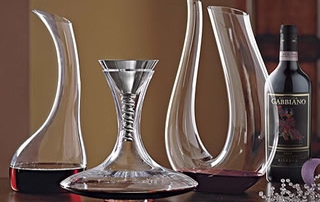
First we need to understand why a wine needs to be aerated. Some wines, when served early due to the late ripening of grape species, are hard in the mouth and aromaless in the nose. Aeration of such young reds will cause you to get rid of the sulfur smell, soften the angular hard taste and awaken some aromas. This is also seen in some wines that are consumed up to half and kept in fridge for 1-2 days.
The aeration process is not necessary for every wine. It will be sufficient to aerate the young red wines about 30 minutes before serving in the carafe. Aerating medium old wines is all a matter of preference. You have to taste it first, if you think that a little aeration is good, it can be served from the carafe without waiting too long. It is also possible to vent in the goblet. It is also a special preference to experience the change of wine in the glass gradually. Middle-aged strong reds can sometimes be aired for 2 to 4 hours.
Whites do not need to be aerated. White wines are more delicate than reds. It is very important that they are served at the appropriate temperature and without wearing out. We know that some whites can get old. There are always exceptions in the wine world.

Aeration is one of the most sensitive issues for aged wines. It is necessary to ventilate the wine by maintaining its temperature without wearing it down. A bottle that has been closed for many years requires some oxygen when opened. At this point, the carafe selection should be made correctly. Rapid and prolonged contact with oxygen may cause undesirable results. The wine may have gone downhill. Therefore, it would be more correct to open an aged wine close to serving and drink it without excessive waiting. Finally, I need to say that generalized rules that we think are applicable to any wine mislead us. You may find this last line a bit exaggerated, but I think we should treat every wine and even every bottle individually.






